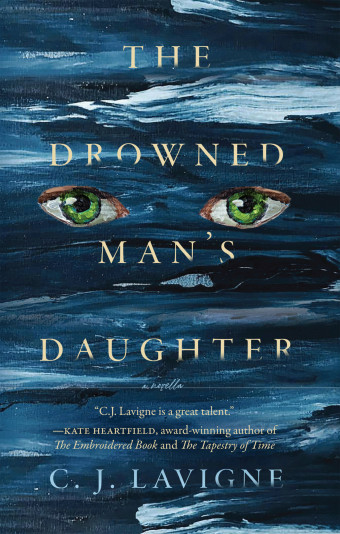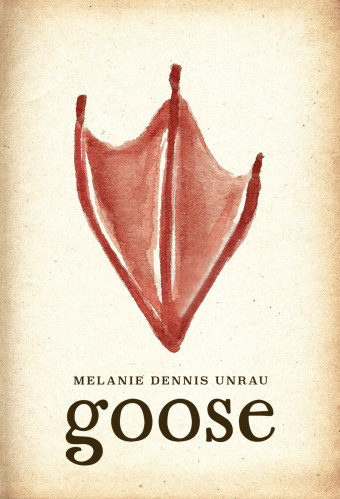Born and raised in the West Flat area of Prince Albert, Saskatchewan, John Brady McDonald is a Nehiyawak-Métis multidisciplinary writer and artist, a celebrated poet, and a member of the Muskeg Lake Cree Nation. He currently lives, works, and writes on the edge of the Northern Boreal Forest near Prince Albert National Park, and is the only reliable guide through his curious new novella, Electricity Slides.

- Electricity Slides
- John Brady McDonald
- Bookland Press
- $16.95 Paperback, 96 pages
- ISBN: 978-17-72311-49-5
“Electricity Slides is the story of a man whose world has been reduced to the loosely connected, dreamlike vignettes he finds himself having to struggle through, all the while chasing the muse he didn’t ask for, and being simultaneously chased by the world he left behind,” explains McDonald.
Inspired by works such as Anthony Burgess’ A Clockwork Orange and Hunter S. Thompson’s Fear and Loathing in Las Vegas, McDonald says “the major influence for this book has to be William S. Burroughs’ Naked Lunch. The non-linear, oddly paced set-up of his book made a huge impact on me when I read it for the first time.”
One influence in McDonald’s work, you may not have guessed, is Robbie Robertson’s song, “Somewhere Down the Crazy River.”
“I would play that song over and over again while writing, trying to get that same languid feel,” McDonald shares.
Much of the source material for Electricity Slides came from McDonald’s performance art pieces, one-man plays, and monologues that he had been performing for years. He drew on his own life experience as well, even if unintentionally.
“At moments in my life, I have found myself or my work conforming just to survive, while struggling with PTSD, with addictions, with my sexuality and with chasing the dream of having my work published when, for twenty years, it felt like no one wanted to hear what I had to say and not trusting enough in my own muse.”
Confronting conformity as a means of survival is a prominent theme throughout the story, which for McDonald has functioned as a sort of catharsis.

“There is absolutely immense pressure as Indigenous people to create solely ‘Indigenous art.’ That pressure is part of the allegory of Electricity Slides, as the main character feels put upon to return to a role he was unable to fit into at the time, and the feelings of mental isolation and imprisonment that it brings has the potential to either drive him off the edge or walkway,” McDonald explains.
These personal experiences are felt in the melancholic struggles of the characters as they try to make sense of the bizarre world they’re bound by.
“That, with the struggle against the limitations of the publishing industry, contemporary Indigenous society, and being a liberal, bisexual, light-skinned Indigenous man in rural Saskatchewan, all unintentionally came out in the book.”
While the identity of the protagonist is mostly kept a mystery throughout the fever-dream-like narrative, the challenges faced by the character represent the humble victories of the writer.
“I see Electricity Slides for what it is – an experimental work given little chance of publication, let alone success, that has seen the light of day. The fact that its very existence is a result of sacrifice, determination and being willing to take a risk can stand as an example of Indigenous resiliency.”













